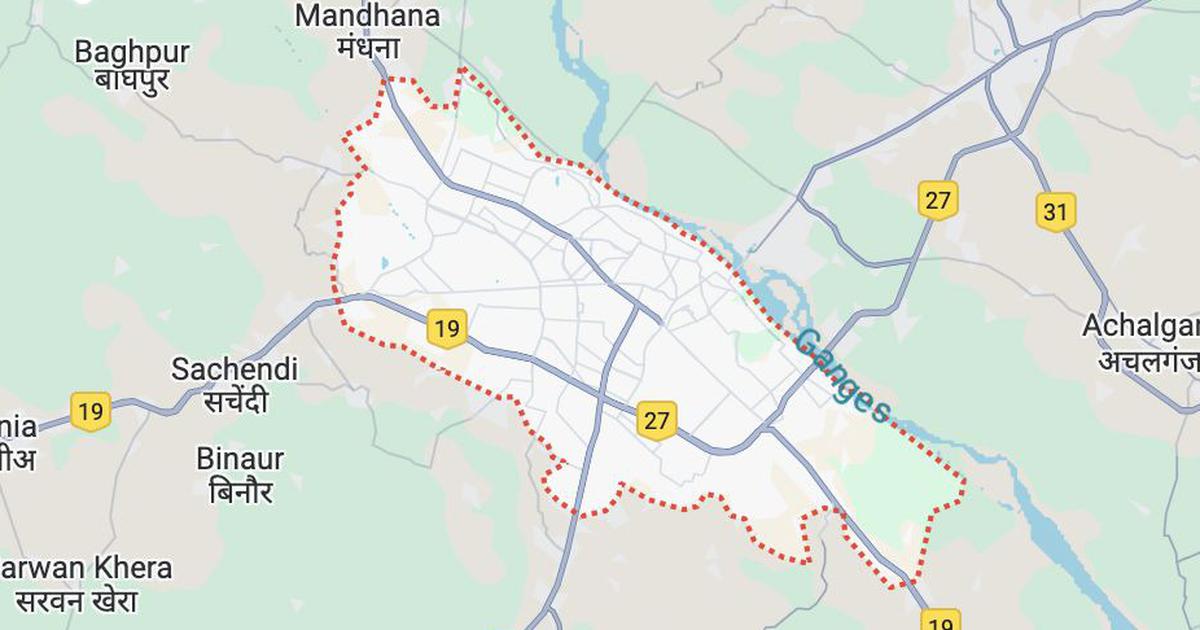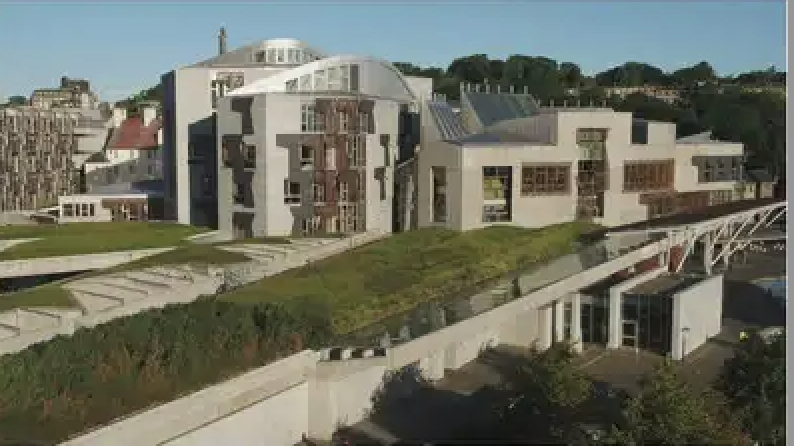
The Citizenship Amendment Act and the NRC is the culmination of a long project of the Hindu right.
As mass protests erupt all over the country over the Citizenship (Amendment) Act (CAA), and the possibility of the National Register of Citizens (NRC) being implemented all over the country looms large, the Bharatiya Janata Party (BJP) continues to push its “illegal immigrant” narrative to denounce the protests. If both the CAA and the NRC are read together, then they appear to be discriminatory towards Muslims. A recent EPW editorial has discussed that these acts mask their underlying discrimination in a humanitarian garb.
But, as Meera Nanda has written, Islamophobia is not new to India, especially within radical Hindutva circles. The narrative of the “illegal immigrant,” particularly from Bangladesh, is rooted in the Rashtriya Swayamsevak Sangh’s aspiration for “Akhand Bharat.” The word “infiltrator” has also been used repeatedly by the Hindu right to refer to Muslim immigrants, particularly in Assam.
Nigel Harris, in a discussion on citizenship has written in the EPW that the “identity card” has been a recurring feature in regimes with authoritarian tendencies. The current project of the BJP with the CAA has a long history, scattered through the years that the Hindu right had formed the government at the centre. In this reading list, we explore this history.
“Infiltrators”
In 2003, Sujata Ramachandran wrote that as Hindu nationalist organisations came to the forefront of Indian society and politics, their discourse drew attention to “the seemingly unfamiliar, largely unregulated, and surreptitious population flows from neighbouring Bangladesh.” Ramachandram wrote that these immigrants were treated, not as “aliens” or “illegal immigrants,” but as “infiltrators,” who represent a sinister threat to India.
A substantial body of propaganda texts drafted by the parivar’s ideologues or supporters outside the fold chillingly, solidly, and in great detail outlined the supposed manifold dangers of ‘infiltration’ [Bharatiya Janata Party 1994; Joshi 1994; B Rai 1992, 1993]. The apparition of impoverished, illiterate and bigoted Muslim Bangladeshis migrating en masse as a ‘silent, invisible invasion’ and ‘demographic aggression’ on India began to loom large [Joshi 1994; B Rai 1992, 1993].
The IMDT Act, 1983
The Illegal Migrants (Determination by Tribunals) Act, 1983 (IMDT Act) was enacted amidst allegations that a large number of Bangladeshi Muslim immigrants were being included in the electoral rolls. As Walter Fernandes wrote, the Election Commission had asked the state government to identify constituencies with a big rise in the number of voters, but the state did not do very much about it. The electorate in Assam had reportedly grown by 10.2% between 1970 and 1971, 10.42% between 1971 and 1977, and by a further 10.3% during 1978.
The main demand of the Assam movement was detection and expulsion of foreigners in the state. Its focus was on the Bangladeshis though according to some estimates they were only around 40% of the immigrants, the rest being from the Hindi-speaking region or of Nepali origin. It began as a secular movement of all the Assamese, but always ran the risk of turning communal because of the religious slant given to it since most Bangladeshi immigrants were Muslims. The Nellie massacre of more than 300 Bangladeshis in 1983 did give it a communal angle. A VHP leader even said that Bangladeshi infiltration was a Pakistani conspiracy to turn Assam into a Muslim state and that they “are supporting all kinds of terrorist activity” (Staff Reporter, Assam Tribune, December 23, 2001). However, now most of the AASU leaders have appealed to the people not to communalise this issue (The Assam Tribune, July 15, 2005) and even told the BJP recently that they would not tolerate such a communal slant. The act applies only to Assam. The rest of India has the Foreigners’ Act 1946 which puts the onus on the accused to prove his/her Indian nationality.
The Citizenship (Amendment) Act, 2003
Anupama Roy’s article examines the judicial roots of the Citizenship (Amendment) Bill, 2016, which has now been passed. Roy argues that the CAA and the NRC, in their current form, originate from the Citizenship (Amendment) Act, 2003, and are rooted in the category of “illegal migrants,” which the 2003 amendment inserted by restricting citizenship by birth. This division was taken further by the Citizenship Rules (2003) which put in place bureaucratic procedures for creating the NRC and issuing national identity cards to citizens.
In 2003, the amendment to the Citizenship Act brought about two significant changes—the recognition in law of the category of overseas citizens of India, and the constraining of citizenship by birth by confining it to only those whose parents were Indian citizens or one of the parents was an Indian citizen and the other was not an illegal migrant. In addition, the Citizenship (Registration of Citizens and Issue of National Identity Cards) Rules, 2003 provided the procedure for the establishment and maintenance of the NRC.
National Identity Card
A precursor to the NRC, the National Identity Card (NIC) was proposed by L K Advani, for 13 states in 2003. According to J V Deshpande, Advanis reasons for introducing this pilot project was to filter the presence of “illegal immigrants” mainly from Bangladesh and visitors from Pakistan. At the same time, Advani had reportedly also directed “all states and union territories to locate and throw out millions of Bangladeshis and thousands of Pakistanis staying illegally in India.”
Advani also has to face another aspect of the problem. Apart from the illegal entrants from Bangladesh who cross over for livelihood, there is also a significant number who cross the border illegally because of religious persecution and who have no place to go except India. There is no doubt that there has to be a distinction in the treatment of the two different types of immigrants. Has the government thought over this problem? What is going to be its position vis-a-vis such immigrants? All these arguments are not to oppose the Advani proposal but only to point out some of the difficulties it is going face in implementation. The government needs to address these and many more such questions before it introduces the NIC scheme to identify and deport illegal immigrants from Bangladesh and Pakistan. The same applies to Advani’s advice to the state governments. Before going public and directing the state governments “to throw out millions of illegal Bangladeshis and thousands of Pakistanis”, the deputy prime minister should have taken into account the various difficulties that have to be faced before effective action can be taken.
The “Ubiquitous Bangladeshis”
With regard to Assam’s Char areas in particular, Gorky Chakravorty discusses how those deemed as “illegal immigrants” experience various kinds of marginalisation, particularly economic. Through this case study, he outlines how this narrative of “illegal immigrants” ignores the historical processes of settlement over long periods of time and indiscriminately applies labels without mapping the aforementioned processes of settlement.
Discrimination occurs at various levels especially in labour market, where either they are paid less than the existing wage rate or driven out from the construction sites by the pro-active “nationalist” groups in their tirade of freeing the motherland from the aliens. It is unfortunate that while the mainstream media as well as organisations from the mainland Assam dump them as illegal immigrants, the same institutions never care to trace the root cause of their migration from the char areas. The net result is the generation of mistrust, suspicion and discord among the two population groups, where the mainland Hindu population falls prey to the age-old bogey of “invading immigrants” reducing them to a minority, while the char dwellers suffer from the “constructed” propaganda of “suspicious” identity.
This story first appeared on epw.in






